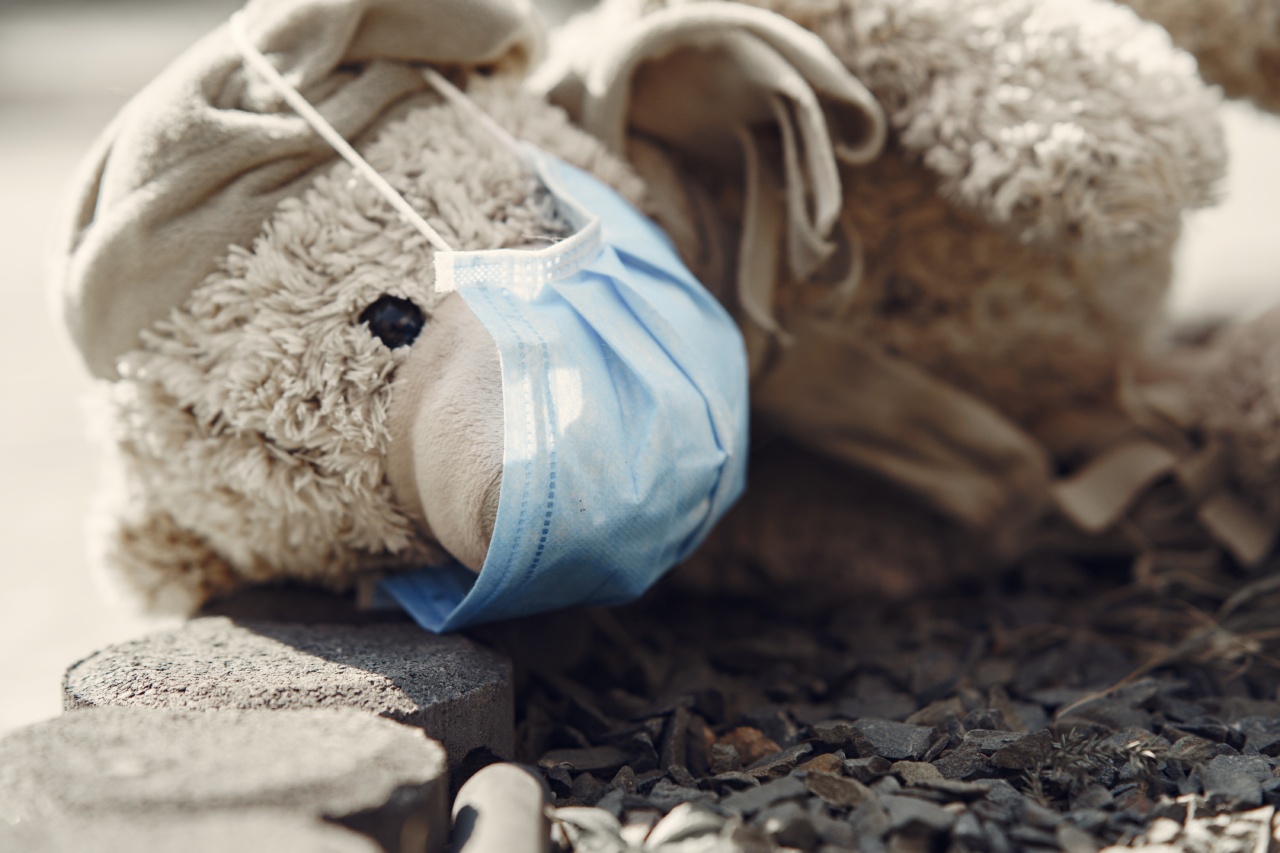Sexually transmitted infections (STIs), previously known as sexually transmitted diseases (STDs), are infections that are passed from one person to another through sexual contact.
Over the years, several different types of STIs have been identified, each having its own unique symptoms and effects on the body. However, with the rise of HIV and other communicable diseases, some older STIs have been forgotten or rescinded.
One such STI, which has been making a major resurgence in recent years, is syphilis. A bacterial infection, syphilis can have serious health consequences if left untreated.
As with other sexually transmitted infections, the risk of infection can be reduced by practicing safe sex.
What is Syphilis?
Syphilis is a bacterial infection that is spread through sexual contact.
It is caused by a bacterium called Treponema pallidum, which can enter the body through small cuts or abrasions in the skin or mucous membranes, such as those found in the mouth and genital area. The bacteria can also be transmitted from mother to fetus during pregnancy.
There are four different stages of syphilis, each with their own unique symptoms:.
Primary Syphilis
Primary syphilis is the first stage of the disease, which typically occurs between 3 and 4 weeks after exposure. The primary symptom of primary syphilis is the appearance of a sore called a chancre.
The chancre is usually painless and can appear on the genitals, anus, or mouth.
If left untreated, the chancre will go away on its own after a few weeks, but the bacteria will still be present in the body and may be transmitted to others.
Secondary Syphilis
Secondary syphilis occurs several weeks after the appearance of the chancre. Symptoms of secondary syphilis can include a rash, fever, and swollen lymph nodes.
The rash is typically non-itchy and can appear on the trunk, arms, legs, and palms of the hands and soles of the feet. Other symptoms of secondary syphilis may include tiredness, headaches, and joint pain.
If left untreated, secondary syphilis will eventually go away on its own, but the bacteria will still be present in the body and may cause significant damage to internal organs.
Latent Syphilis
Latent syphilis is the stage of the disease in which there are no visible symptoms. This stage can last for years, during which time the bacteria may be damaging the body’s internal organs.
Latent syphilis can be further divided into early latent syphilis, which occurs within a year of infection, and late latent syphilis, which occurs more than a year after infection.
Tertiary Syphilis
Tertiary syphilis is the most advanced stage of the disease, which can occur several years after infection. Symptoms of tertiary syphilis can include blindness, paralysis, mental illness, and kidney disease.
Tertiary syphilis can cause serious damage to the body’s internal organs and can be life-threatening if left untreated.
The Resurgence of Syphilis
While syphilis was once a common STI, the widespread use of antibiotics in the second half of the 20th century led to a significant decline in the number of cases.
However, in recent years, syphilis and other STIs have been making a major comeback, with a significant increase in the number of cases reported.
According to the Centers for Disease Control and Prevention (CDC), the number of reported cases of syphilis in the United States increased by 14.9% between 2014 and 2015, with the majority of the cases occurring among men who have sex with men.
The reasons for the resurgence of syphilis and other STIs are complex and multifactorial.
Some experts have attributed the rise in STIs to the increasing prevalence of social media-based hookup apps and a decrease in condom use among sexually active people. Others have suggested that budget cuts to public health programs and a lack of public funding for HIV and STI prevention and treatment may be contributing factors.
How to Prevent Syphilis
The best way to prevent syphilis and other STIs is by practicing safe sex. This includes using condoms or other barriers during sexual contact, limiting sexual partners, and getting regular STI testing.
If you are sexually active, it is important to get tested regularly for STIs, even if you are not experiencing any symptoms.
Many STIs, including syphilis, may not cause symptoms until later stages of the disease, when the infection has already caused significant damage to the body.
Treatment for Syphilis
If you believe that you may have been exposed to syphilis or another STI, it is important to get tested as soon as possible. Syphilis can be easily treated with antibiotics if caught early.
If left untreated, however, syphilis can cause serious health consequences, including damage to internal organs and even death.
Overall, while the resurgence of syphilis and other STIs is concerning, there are steps that can be taken to prevent infection and maintain sexual health.
By practicing safe sex and getting regular STI testing, individuals can help to reduce the spread of syphilis and other STIs and protect their own health.



























